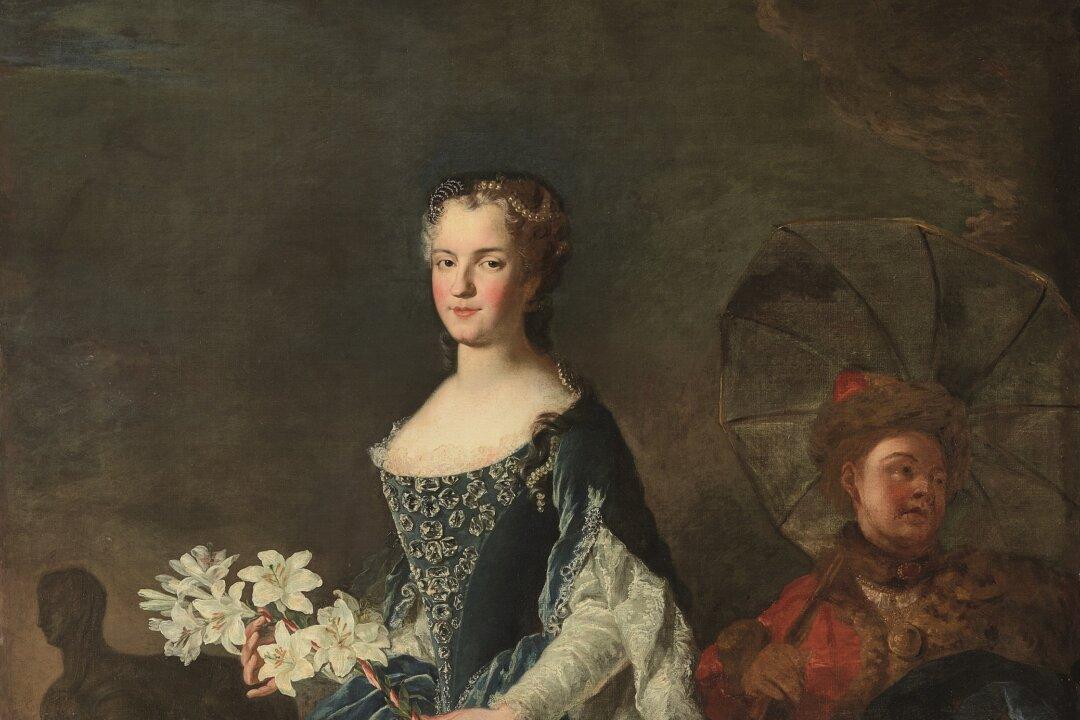Loyal and devout, the Polish queen of France, Marie Leszczynska (1703–1768), was the longest reigning queen at Versailles, spending more than 42 years leading France. She made quite an impact—not politically, as she was left out of politics, but on the life of the people.
Leading by example, she was unconditionally devoted to her husband, King Louis XV; her children; and the people of France. She was just as devoted to her faith; Marie attended Mass twice a day and confession once a day.






